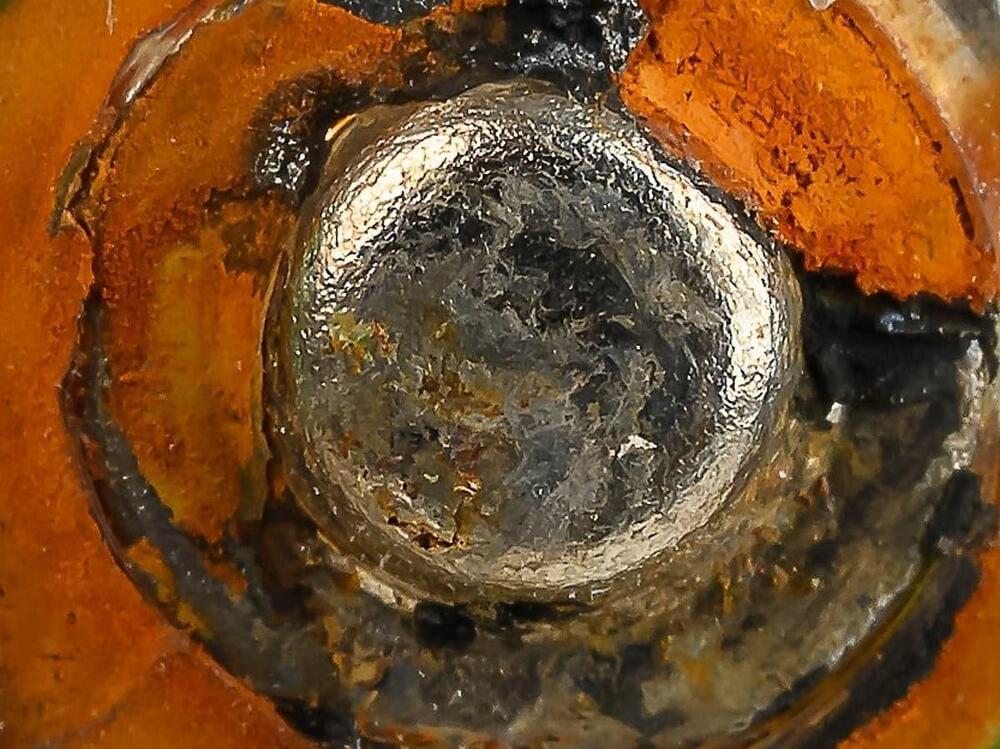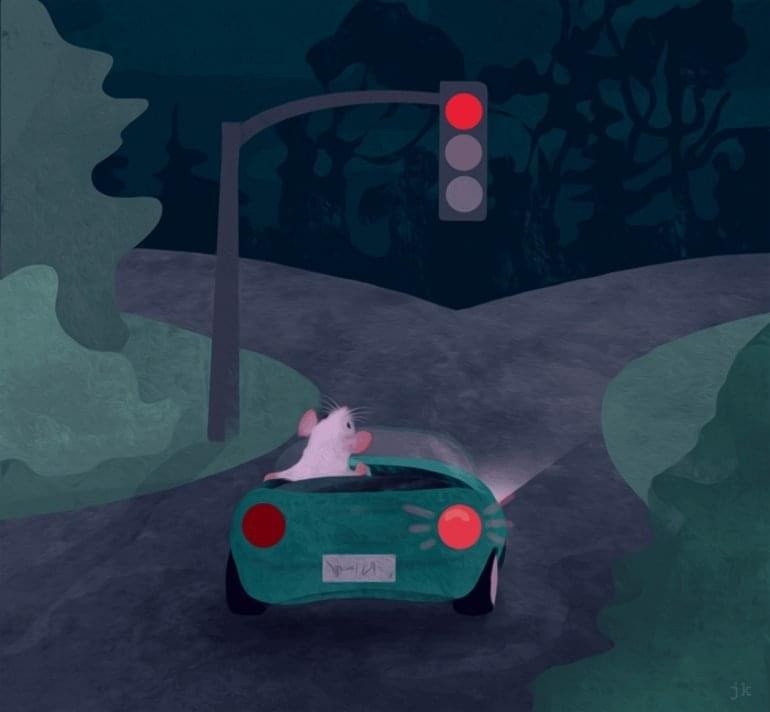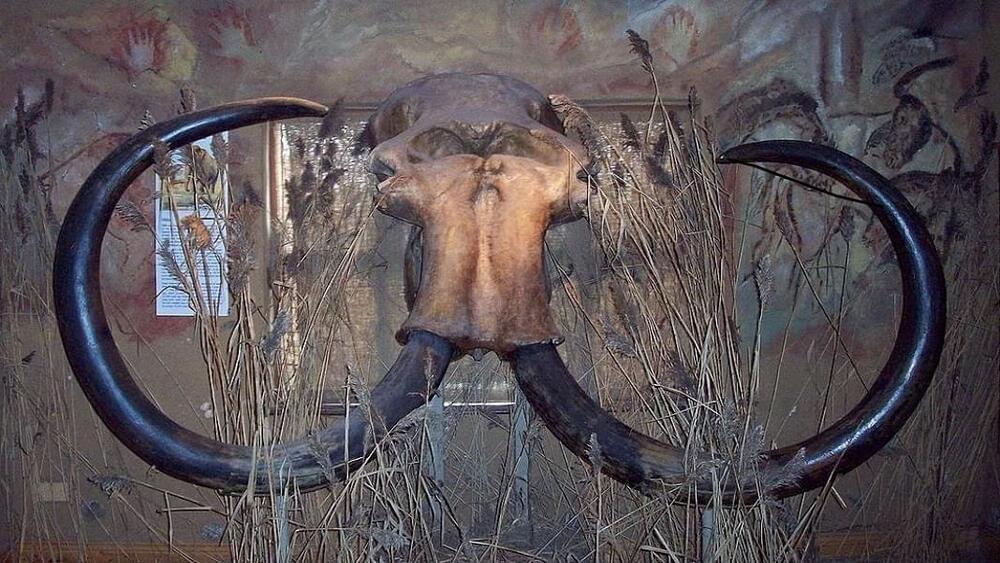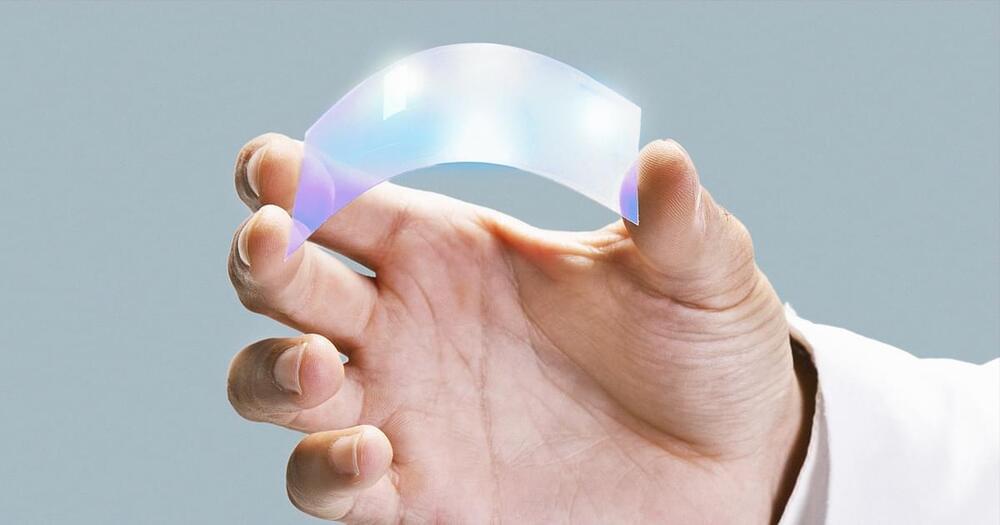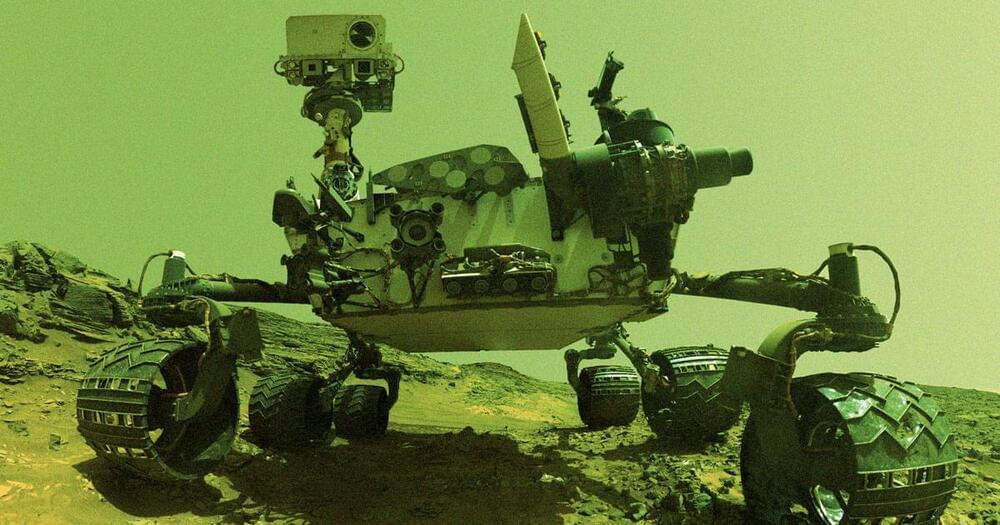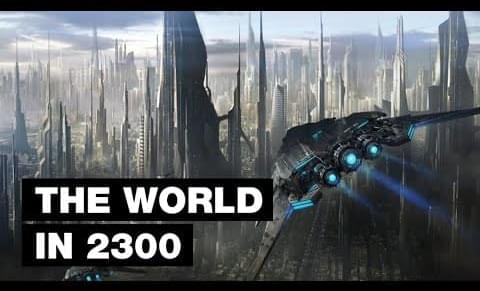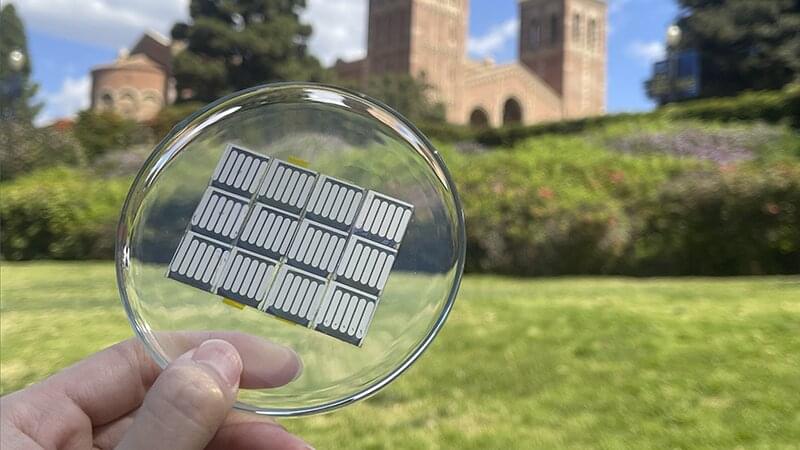Archaeologists have found an ancient lead sarcophagus under Notre Dame cathedral along with fragments of a rood screen, offering a new insight into the history of the building which is currently under reconstruction after a devastating fire in 2019.
While it may be too late for the breakthrough to allow mass adoption for consumer electronics and electric vehicles, Professor Chiang believe it could revolutionise energy storage for large-scale renewable operations.
He has founded a startup, Form Energy, to further develop and commercialise the technology, with the hope of rapidly pushing forward zero carbon energy solutions.
Summary: Researchers have identified a neural circuit that helps suppress the execution of planned actions in response to specific cues.
Source: Max Planck Florida.
Planned movement is essential to our daily lives, and it often requires delayed execution. As children, we stood crouched and ready but waited for the shout of “GO!” before sprinting from the starting line. As adults, we wait until the traffic light turns green before making a turn. In both situations, the brain has planned our precise movements but suppresses their execution until a specific cue (e.g., the shout of “GO!” or the green light).
De-extinction grabbed our imagination in the 90s with Jurassic Park. Scientists have since asked: how possible is it?
According to a new study, nearly impossible. But wait—it’s not all bad news. While bringing back a faithful copy of an extinct species may be impossible, we could bring back a hybrid species that’s a genetic mix between an extinct species and its modern descendant.
Published in Current Biology, the study eschews the grandiose mammoth, instead focusing on a tiny test case: the Christmas Island rat. Hefty in size and loudly vocal when invading docked ships and their cargo, the rodents were last seen in the 1900s. With a stroke of luck, the team recovered DNA from two well-preserved museum samples and compared them against a close relative: the Norway brown rat, a popular lab model for genetic studies today.
Coating implantable electronics in the polymer PEDOT can extend their life, which could make more common in the future.
We don’t wanna freak you out, but there’s a serious likelihood that dark matter could be in the room with you right now, and could even be passing through your body as you read this.
“Yeah, absolutely. It’s here,” Yeshiva University researcher Ed Belbruno told Futurism. “Where you’re sitting, you’re feeling, on some level which is beyond our senses… that force.”
It makes sense. Dark matter, which scientists have yet to observe or measure directly, is estimated to make up 95 percent of the universe. With a substance that prevalent, the likelihood that it’s made its way to Earth and into our homes and bodies seems high, right?
While it’s an exciting discovery, it falls short of demonstrating that carbon-based lifeforms once lived on the surface of the Red Planet. It is, however, a step in that direction.
“This experiment was definitely successful,” Maëva Millan, postdoctoral fellow at NASA’s Goddard Spaceflight Center and lead author of a new study published on Monday in the journal Nature Astronomy, told Inverse.
“While we haven’t found what we were looking for, biosignatures, we showed that this technique is really promising,” she added.
PRICE REVEALED!🔔 Subscribe now for more Technology news, Future technology news, and Science.
news. In this age of innovation and technology, an increasing number of.
companies are developing extremely human-like robots that will.
collaborate attentively with actual humans in the hospitality or customer.
service sectors.
Such robots have a long history dating back to the 4th century when the.
concept of a humanoid robot first appeared in many different cultures.
around the world, including Greece, China, and even Japan!#humanodrobot #bostondynamics #artificialintelligence📺Interesting fact: Smart individuals watch the full video!
🤖 AI News brings you the most recent Artificial Intelligence news and trends. Investigate industry research and stories from the cutting edge of AI technology news.🕵️We take the greatest research and give it our own spin, report from the frontlines of the industry, and feature contributions from firms at the forefront of this revolution.
💼 Business Inquiries and Contact.
• For business inquiries, copyright matters or other inquiries please contact us at [email protected]❓ Copyright Questions • If you have any copyright questions or issues you can contact us at [email protected] ⚠️ Copyright Disclaimers • We use images and content in accordance with the YouTube Fair Use copyright guidelines • Section 107 of the U.S. Copyright Act states: “Notwithstanding the provisions of sections 106 and 106A, the fair use of a copyrighted work, including such use by reproduction in copies or phonorecords or by any other means specified by that section, for purposes such as criticism, comment, news reporting, teaching (including multiple copies for classroom use), scholarship, or research, is not an infringement of copyright.” • This video could contain certain copyrighted video clips, pictures, or photographs that were not specifically authorized to be used by the copyright holder(s), but which we believe in good faith are protected by federal law and the fair use doctrine for one or more of the reasons noted above.
This video covers the world in 2,300 and its future technologies. Watch this next video about the world in 2200: https://bit.ly/3htaWEr.
► BlockFi: Get Up To $250 In Bitcoin: https://bit.ly/3rPOf1V
► M1 Finance: Open A Roth IRA And Get Up To $500: https://bit.ly/3KHZvq0
► Jarvis AI: Write 5x Faster With Artificial Intelligence: https://bit.ly/3HbfvhO
► SurfShark: Secure Your Digital Life (83% Off): https://surfshark.deals/BUSINESSTECH
► Udacity: 75% Off All Courses (Biggest Discount Ever): https://bit.ly/3j9pIRZ
► Brilliant: Learn Science And Math Interactively (20% Off): https://bit.ly/3HAznLL
► Business Ideas Academy: Start A Business You Love: https://bit.ly/3KI7B1S
SOURCES:
• https://www.futuretimeline.net.
• The Future of Humanity (Michio Kaku): https://amzn.to/3Gz8ffA
• The Singularity Is Near: When Humans Transcend Biology (Ray Kurzweil): https://amzn.to/3ftOhXI
• Physics of the Future (Michio Kaku): https://amzn.to/33NP7f7
• https://science.howstuffworks.com/science-vs-myth/everyday-m…tation.htm.
Patreon Page: https://www.patreon.com/futurebusinesstech.
Official Discord Server: https://discord.gg/R8cYEWpCzK
💡 On this channel, I explain the following concepts:
Materials scientists at the UCLA Samueli School of Engineering and colleagues from five other universities around the world have discovered the major reason why perovskite solar cells—which show great promise for improved energy-conversion efficiency—degrade in sunlight, causing their performance to suffer over time. The team successfully demonstrated a simple manufacturing adjustment to fix the cause of the degradation, clearing the biggest hurdle toward the widespread adoption of the thin-film solar cell technology.
A research paper detailing the findings was published today in Nature. The research is led by Yang Yang, a UCLA Samueli professor of materials science and engineering and holder of the Carol and Lawrence E. Tannas, Jr., Endowed Chair. The co-first authors are Shaun Tan and Tianyi Huang, both recent UCLA Samueli Ph.D. graduates whom Yang advised.
Perovskites are a group of materials that have the same atomic arrangement or crystal structure as the mineral calcium titanium oxide. A subgroup of perovskites, metal halide perovskites, are of great research interest because of their promising application for energy-efficient, thin-film solar cells.

